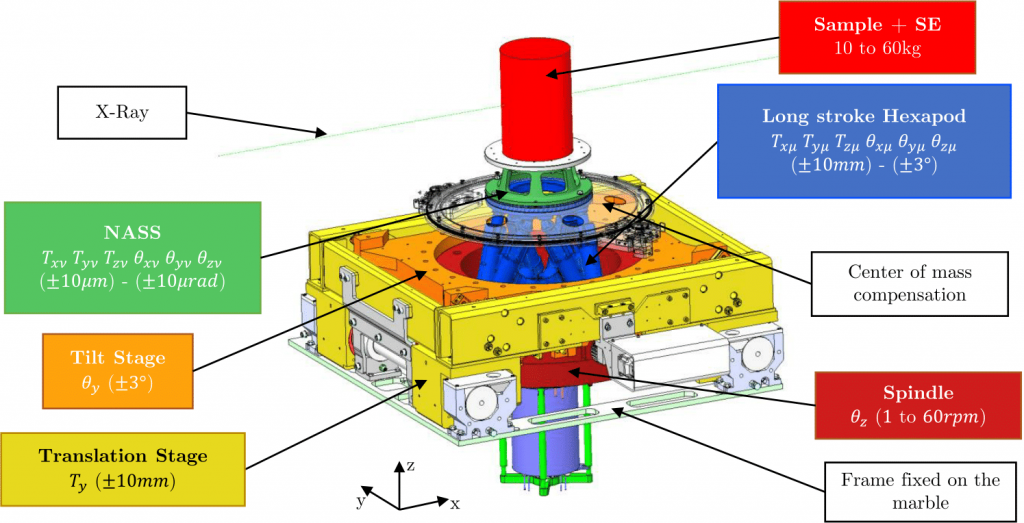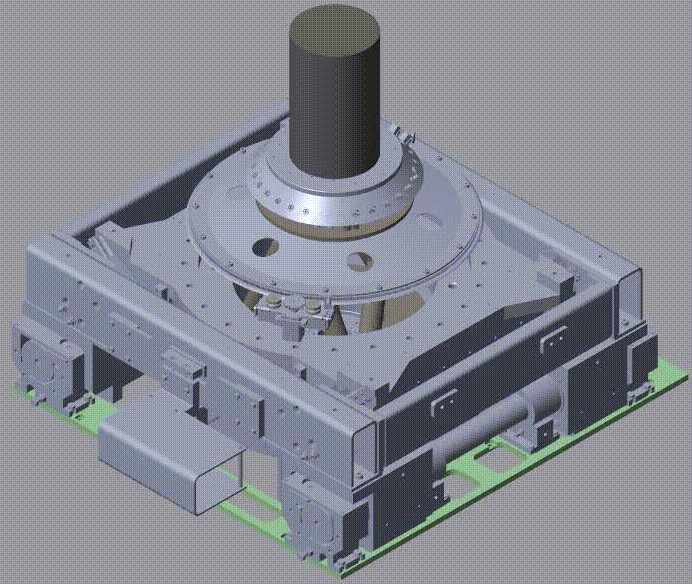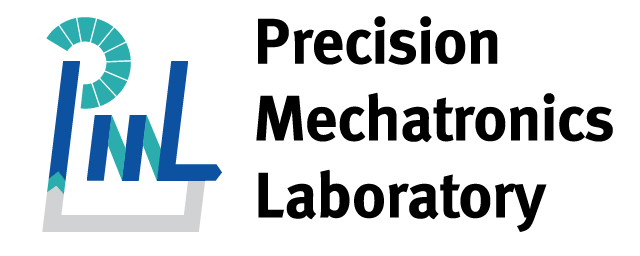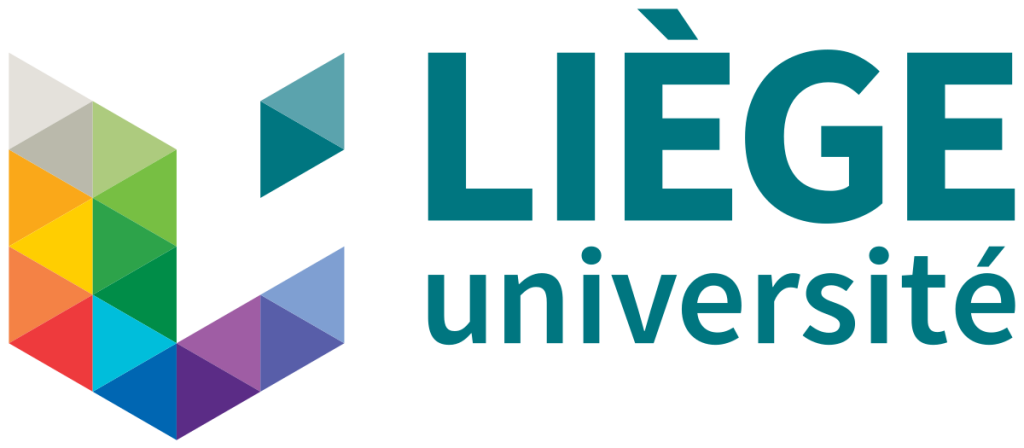Active nano-positioning system for diffraction tomography experiments at ESRF
Context
The ESRF (European Synchrotron Radiation Facility) is an international research facility based in Grenoble, France. Thanks to high-level, innovative engineering and cutting-edge vision, the ESRF is recognised as one of the top research institutions worldwide, welcoming more than 6 500 scientists every year in various fields such as biology, chemistry, materials and surface science.
A new, low emittance lattice storage ring is currently under construction at the ESRF. In this new instrument, the upgraded end stations must allow to position the samples along complex trajectories, with a nanometer precision.
This project is about developing mechatronics concepts that will be applied to the end-station on the ID31 beamline (http://www.esrf.eu/UsersAndScience/Experiments/StructMaterials/ID31) to meet the new stringent requirements.
Samples under study are mounted on multiple high precision stages (shown Figure 1), combining a capability of large stroke, spin motion, and active rejection of disturbances.

Figure 1: Positioning platform containing multiple high precision stages
Nano-positioning Stewart platform
A 6 degree of freedom Stewart platform with low stroke will be located just below the sample in order to perform active stabilisation of the sample. It should be able to reject perturbations such as ground vibrations, wobble and various imperfections of the stages below.
In order to study the effect of all the sources of perturbation and imperfections, a finite mass model as been developed. This also permits to simulate experiments that will be conducted such as diffraction tomography (see Figure 2).
 Figure 2: Simulation of a tomography experiment using a finite mass model
Figure 2: Simulation of a tomography experiment using a finite mass model
Robust control
Additionally, as the mass of the samples may vary by up to two orders of magnitude, robust control strategies are required to address such large plant uncertainty.
6 Degree of Freedom metrology System
Finally, this project also includes a 6 degree of freedom metrology system in order to measure the position of the sample in real time with high precision: a few nanometers in translation and a few micro radians in rotation.
Related publications
[1] Dehaeze, T., Mattenet, M. M., & Collette, C., Sample Stabilization For Tomography Experiments In Presence Of Large Plant Uncertainty, In , MEDSI’18 (pp. 153–157) (2018). Geneva, Switzerland: JACoW Publishing.



